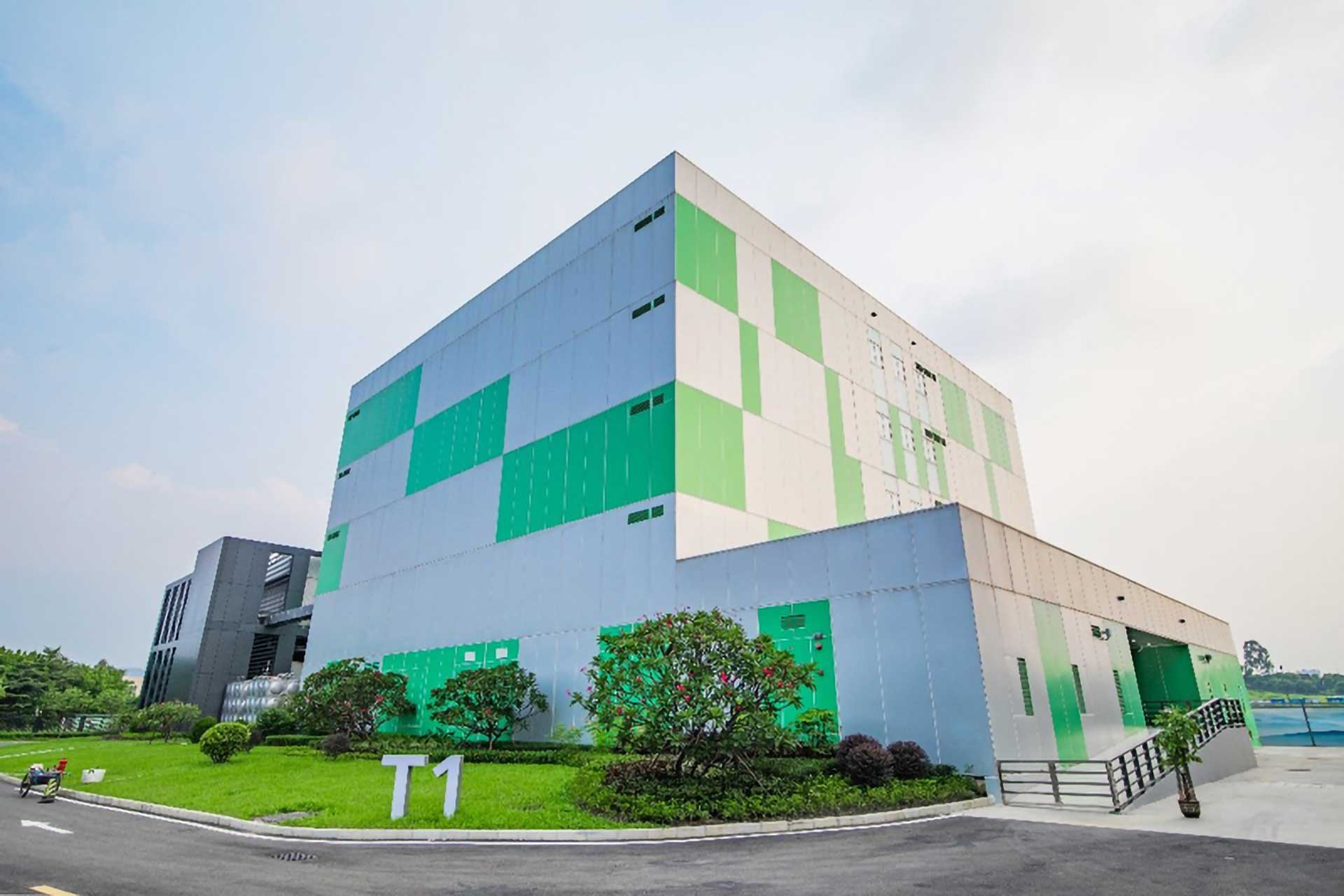The Uptime Institute’s Global Data Center Survey 2022 suggests that over the next five years, data centers should play a role in energy conservation and carbon reduction, rather than being a hindrance to it.
With this in mind, Huawei plans to change the way people used to plan, build and operate data centers during the construction. Huawei’s Dongguan Cloud Data Center T1 project makes noticeable progress in energy conservation and carbon reduction. Put into operation in 2019, the project’s PUE reached 1.28 in 2021.
In Part 1 of this article, we have seen how digital technology enablement contributed to the success of the T1 project. Today, we look at other advanced energy-savings technologies which were employed.
AI-based PUE optimization
The T1 project employs an AI-based iCooling solution to decrease the energy consumption of the cooling system, which typically uses over 30% of a data center’s energy. This solution constantly monitors the energy consumption of all cooling subsystems and delivers the most efficient cooling strategy based on factors like current IT load and outdoor temperature.
Green construction and material recycling
The construction of traditional data centers often results in a high amount of waste and excessive water and power consumption. To address these issues, the T1 project employs a prefabricated modular solution where core components and systems are manufactured and pre-tested in a factory before being delivered and assembled on-site like LEGOs. This approach significantly reduces water usage and construction waste by 80%, reduces carbon emissions by 90%, and recycles up to 85% of materials, promoting eco-friendly construction and maximizing resource recovery.
Efficient and energy-saving devices
As data centers consume a large amount of energy, the use of energy-efficient and energy-saving devices is crucial to reducing energy consumption. The Huawei FusionPower6000 is utilized for power supply and distribution, providing a single source of power for each row, which boosts end-to-end efficiency to 95.5%. The cooling system is equipped with high-performance fans and wet film humidifiers to enhance energy efficiency. Additionally, smart modules are arranged in the equipment room to divide cold and hot aisles, optimizing heat exchange efficiency.
By using energy-saving technology, data centers can reduce their impact on the environment, contribute to a more sustainable future, and demonstrate their commitment to environmental responsibility.
Source: Huawei Digital Power





